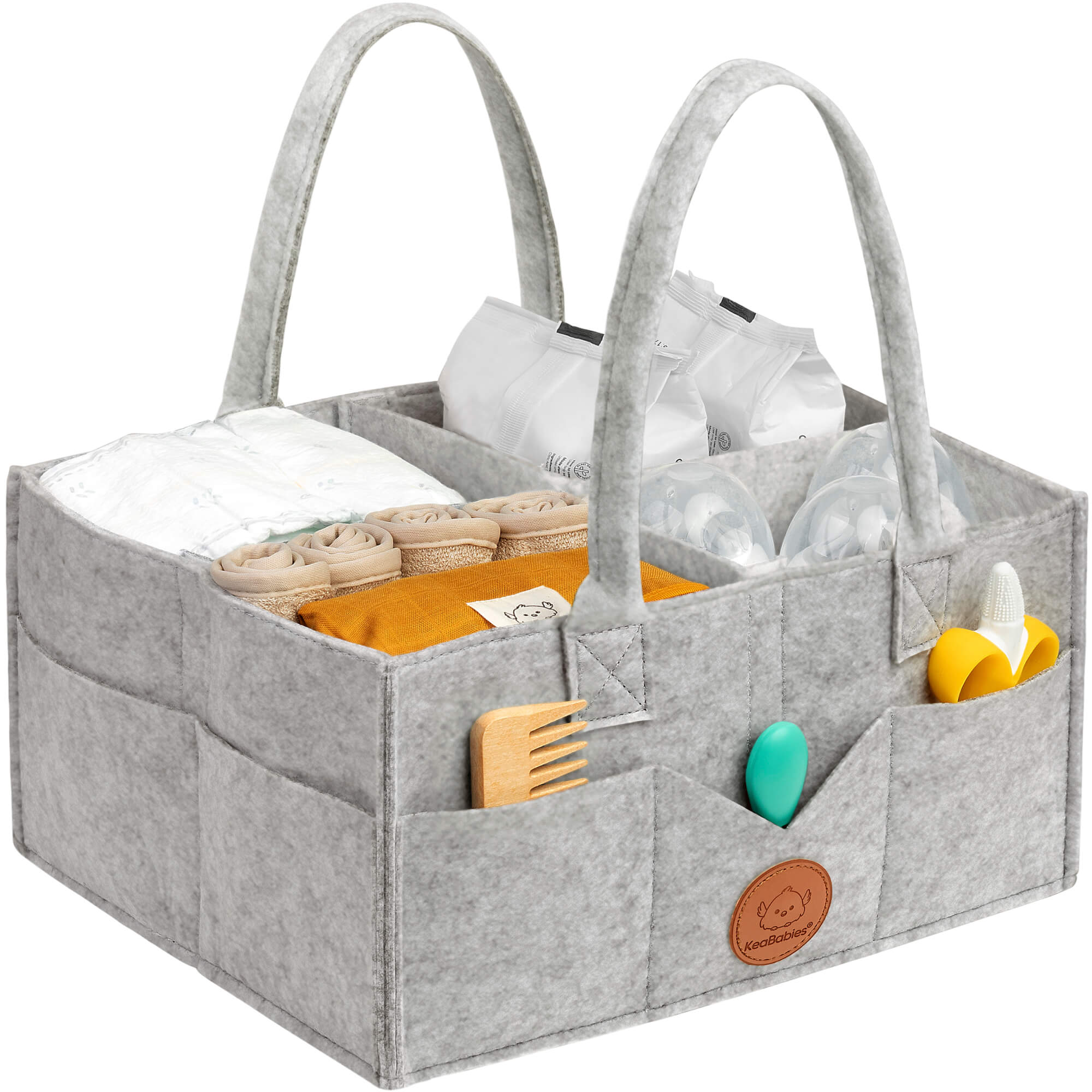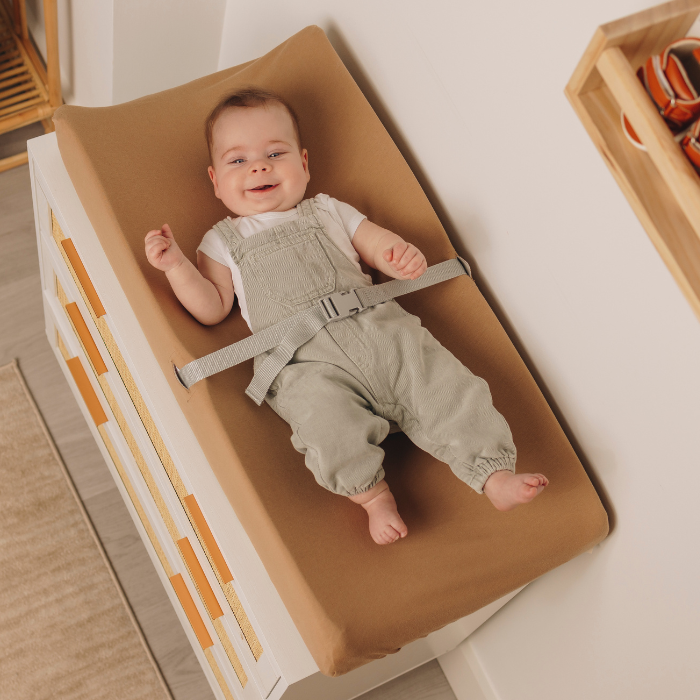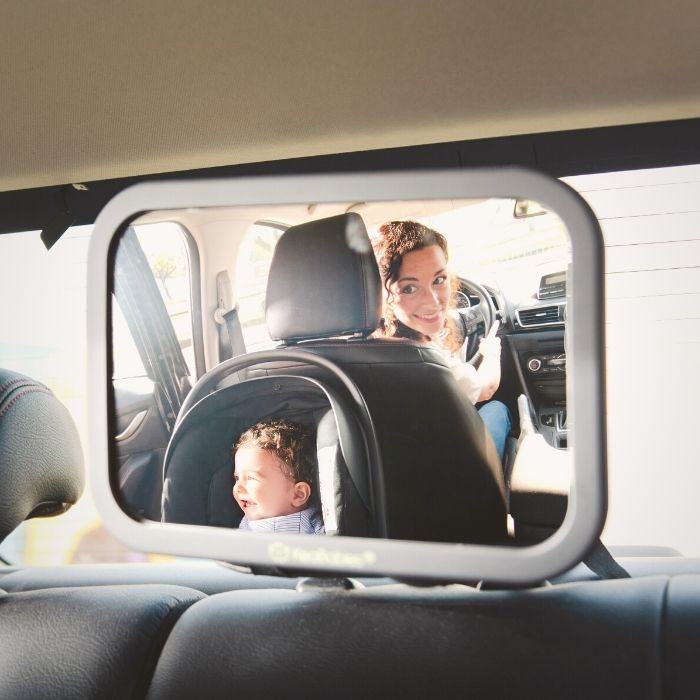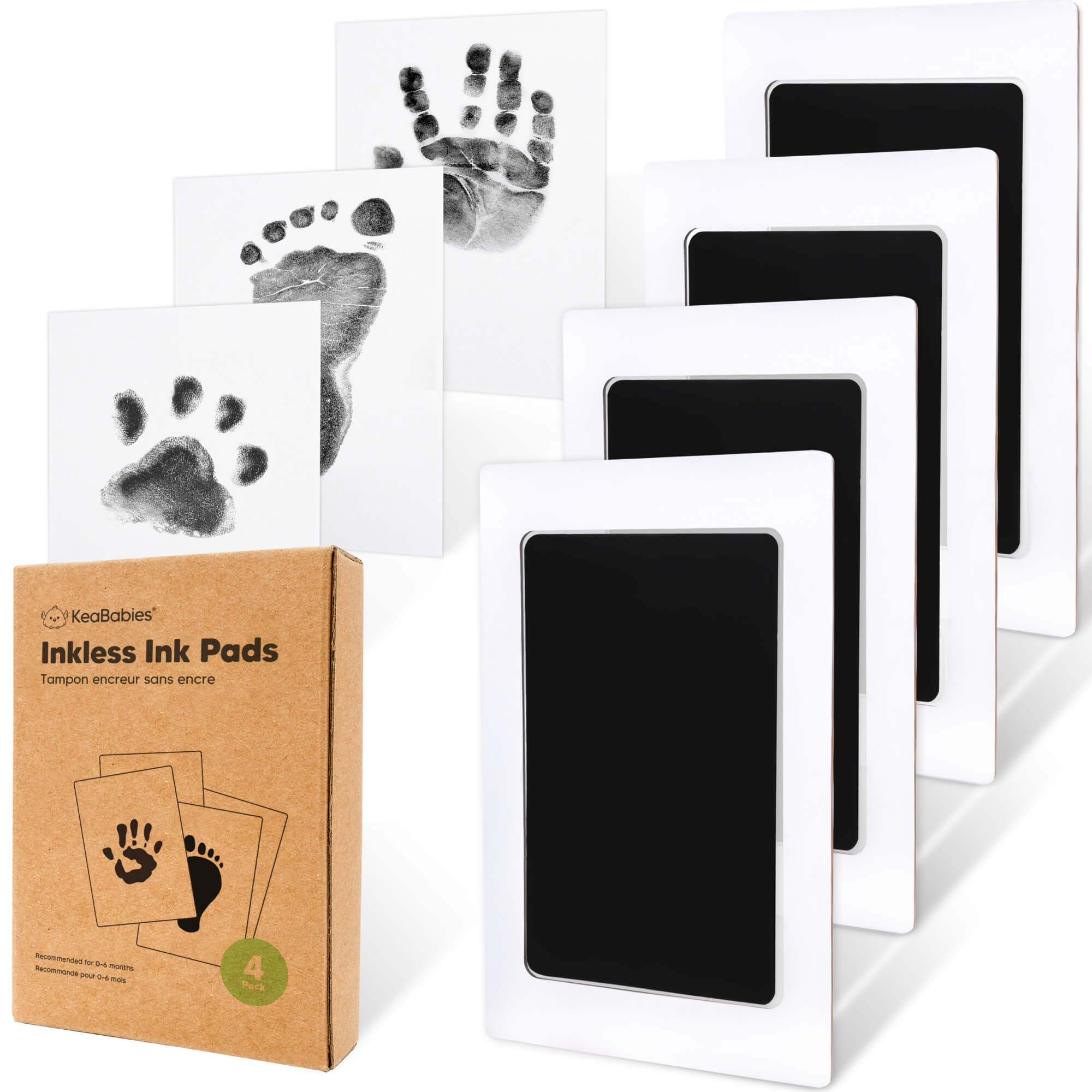
How To Teach Kids Patience
It is never too early to teach a child patience. Even infants and toddlers can learn to be patient in undesirable circumstances. Practice these strategies for modeling patience for your children as they get older.
Patience is one of those qualities that every parent wants for their child, but teaching kids patience is more difficult than it sounds! Young children especially have a hard time waiting and practicing self-control, because they're often used to their needs being catered to immediately. When an infant cries, the parents are quick to respond. When a baby is hungry, they are immediately fed. When a toddler falls down, the caregivers are quick to swoop in and pick them up. Even so, young kids can learn patience, especially when it is modeled by a parent or close caregiver. From waiting in line, to taking turns, to delayed gratification, patience is a skill that every child should practice.
Patience is a learned skill, and kids learn by example.
Parents don't need to be concerned if their young children are impatient. A child's level of patience is something that develops over time. It is hard for kids to learn this skill quickly, and many young children struggle with patience for years. Waiting patiently does not come natural for most kids!
Children learn best through modeling desired behaviors, not explicitly teaching or insisting upon certain actions. The best thing caregivers can do is let the learning happen naturally, not forcefully. Modeling and leading by example are great ways to help kids develop new skills.
Model in natural, relational ways.
When an adult is waiting patiently, that means they are purposely not doing something. Patience is the mindset of letting go and trusting the process. This can be a challenge for adults as well as children. As a good starting point to changing behavior, make peace with your own personal skill level when it comes to patience.
Some young children have a temperament that makes them quick to become frustrated. It's okay if your child's personality makes it more difficult for them to practice patience. As kids get older, patience becomes easier to practice.
Accept your child's point of view.
Parents can free themselves from unrealistic expectations by learning to see situations from their child's point of view, or at least try to understand as best they can how their child views the world.
For example, when a child is strapped into the car seat during a long drive, they often become impatient. This is because they are in a position where they are restricted, buckled in, with nothing to "do" or pay attention to. They are in a position where they physically have to wait until they get to the destination, and time may not pass as quickly as they want it to.
Kids don't understand the concept of having to wait for something, or delayed gratification. They expect everything to be immediate. Because of this, it can be hard for them to sit still in the car for long periods of time, especially for toddlers. Parents can empathize with their child's impatience with waiting and understand why they are upset about being in the car.
Accept and understand the child's point of view.
A good method of teaching kids patience is to understand and accept the child's point of view. For example, if the child has a hard time learning patience when their mother is cleaning the kitchen after a meal, it is important for the mother to have strategies to cope with that child's impatience.
The parent can set up a safe space or safe activities to do while she cleans. Next time the child finishes a meal, the mother can remove the child from the high chair immediately and let the child play in a safe area. You don't have to make the child sit and remain confined to the high chair.
A "yes" space can help your child play independently and have fun while you clean up after a meal. Parents can also set up a low table for the child's meals, where they don't have to be strapped into a high chair. Set yourself up to be successful by preparing ahead of time.
Life will never go perfectly, but when parents aim to have a predictable routine, it is easier for a child to learn patience. A child will have an easier time waiting when they know what to expect.
Acknowledge any and all feelings.
Your child's feelings are important. Accept their comments and complaints, and welcome their display of feelings. Children have a right to complain when they have unmet needs that test their patience. As long as parents can remain patient with their children, their children will be more likely to learn patience themselves.
Accept impatience, but don't rush to accommodate it.
Parents can be successful when they model patience while accepting their child's impatience. Don't rush to accommodate a child's lack of patience by catering to their every need.
For example, don't rush to pull your car over on the freeway the minute your infant begins to cry. Welcome your baby's feelings. It's tough to be in the car; it's not fun to be confined. Tell them you accept their feelings and reassure them that you will reach your destination soon enough. Model being patient with your baby's impatience. Acknowledge their feelings without catering to them.
Praise when your child is patient.
Most children, even toddlers, are patient sometimes, especially in situations where they have some level of control. Kids have ideas, passions, and hobbies that they naturally practice patience with.
Kids aren't always goal-oriented, which gives them more patience when it comes to play. Kids often work by experimenting and playing around. Children won't get as frustrated or stuck when they are able to accept leaving things as they are.
You might see a child trying to build a tower out of blocks. Instead of getting worked up when the task is difficult, even young toddlers will usually sit for a while and experiment with stacking different shapes and sizes of blocks. Even around just a year old, a toddler might sit and practice stacking toys for quite some time.
Parents can encourage their child's natural patience when they see it in action. Talk to your child about waiting, experimenting, and not giving up when a task is hard. It is never too early to model and praise desired behaviors.
5 Strategies Any Parent Can Use To Teach Kids Patience:
1. Model patience.
The best way kids learn is when a parent or trusted caregiver models desired behaviors. One way to teach patience is to practice being patient yourself. Show your children that it is okay to have to wait in line at the store, take turns when playing board games, or sit in traffic. Patience is a lifelong skill that takes time to develop.
2. Keep your expectations age-appropriate.
Babies and toddlers will naturally be impatient, as they are used to getting their needs attended to quickly and effortlessly. Even so, even young children can learn to wait. At a young age, kids can begin learning this life skill and incorporate it into their development.
3. Practice listening skills.
Toddlers and young kids lack the words to express how they feel. Parents can practice active listening, and help their child verbalize their emotions. Empathize with your child's feelings, let them know you accept those feelings, and give them ways to practice waiting or taking turns. Listen to your child's verbal and non-verbal cues that illustrate how they are feeling.
4. Practice strategies for waiting.
Help your child figure out fun ways to pass the time. If you're waiting in line at the grocery store, talk about the names of foods in your cart. If you're stuck in traffic, ask your child to look for specific colors of cars. If you're playing a board game and your child has a hard time waiting for his or her turn, give a fidget toy to play with.
5. Use a timer.
Timers work great, especially for young children. Timers are a visual way for children to understand the passing of time. If your child has a hard time taking turns with a toy, set a timer for two minutes and assure them that their turn with the toy will happen when the timer goes off. If your child wants to watch a tv show but you are busy vacuuming the playroom, set a timer for 5 minutes and let them watch the timer count down until you're ready to go help them turn on their show.
Teaching kids patience takes time.
The best way to teach patience is through modeling. That means that while a child begins to learn patience, the parents must also be patient themselves. Self-control, taking turns, and the ability to regulate emotions are learned skills that are part of a child's development.
Adults and caregivers can best teach their child patience by coming alongside them and modeling desired behaviors while supporting the child in age-appropriate ways.
|
|
Meet Our KeaMommy Contributor: Kaitlyn Torrez I’m Kaitlyn Torrez, from the San Francisco Bay Area. I live with my husband and two children, Roman and Logan. I’m a former preschool teacher, currently enjoying being a stay at home mom. I love all things writing, coffee, and chocolate. In my free time, I enjoy reading, blogging, and working out. |






























































